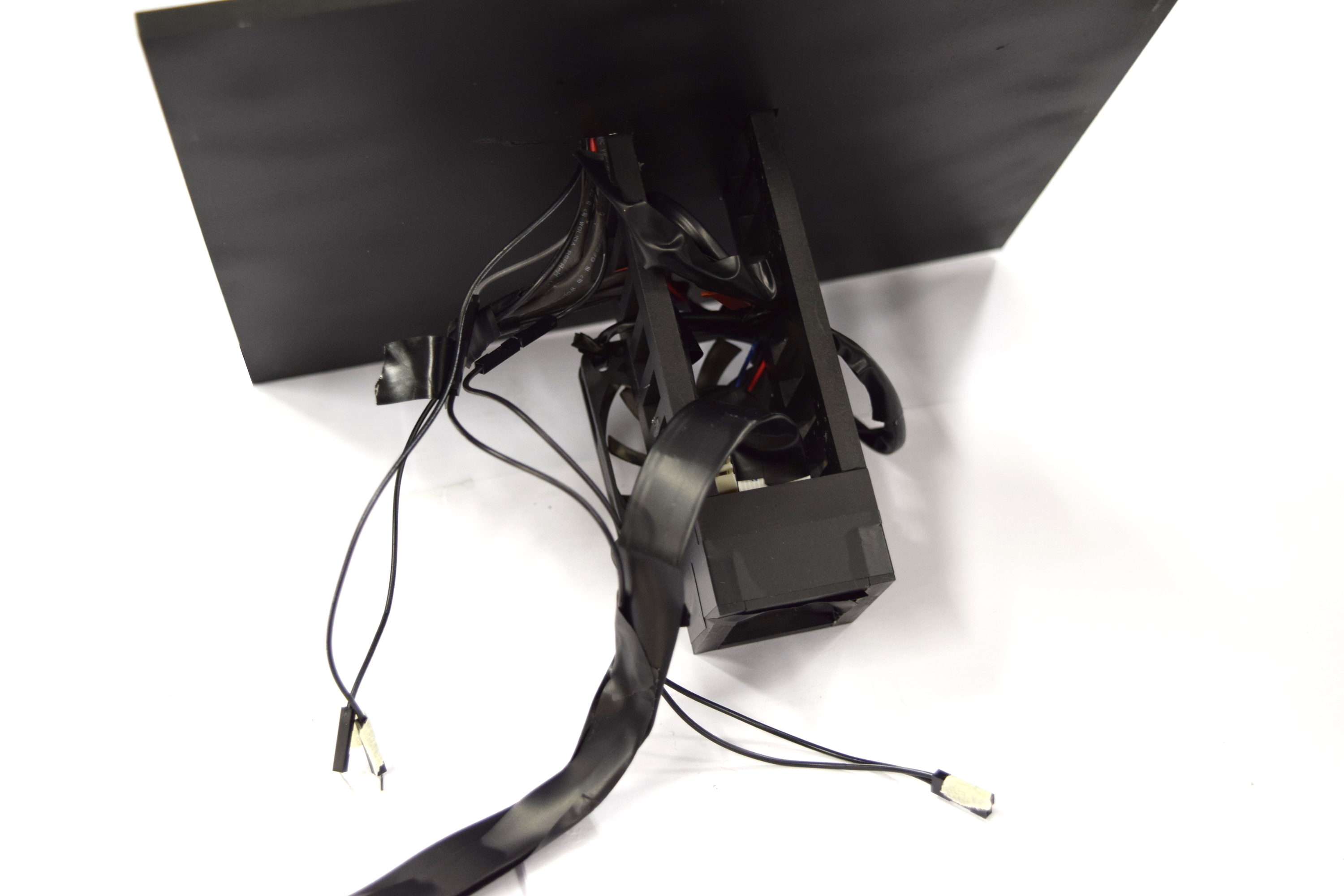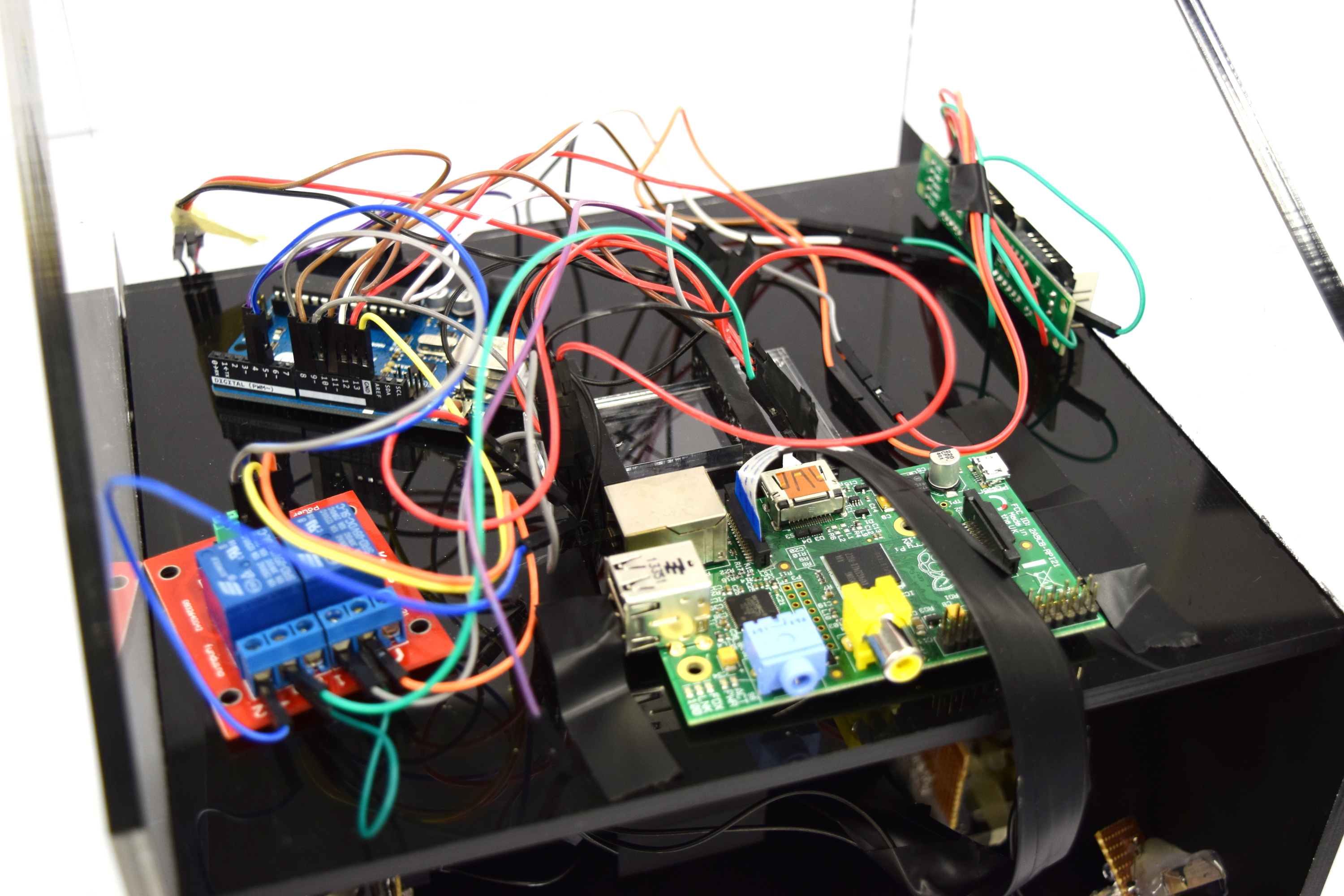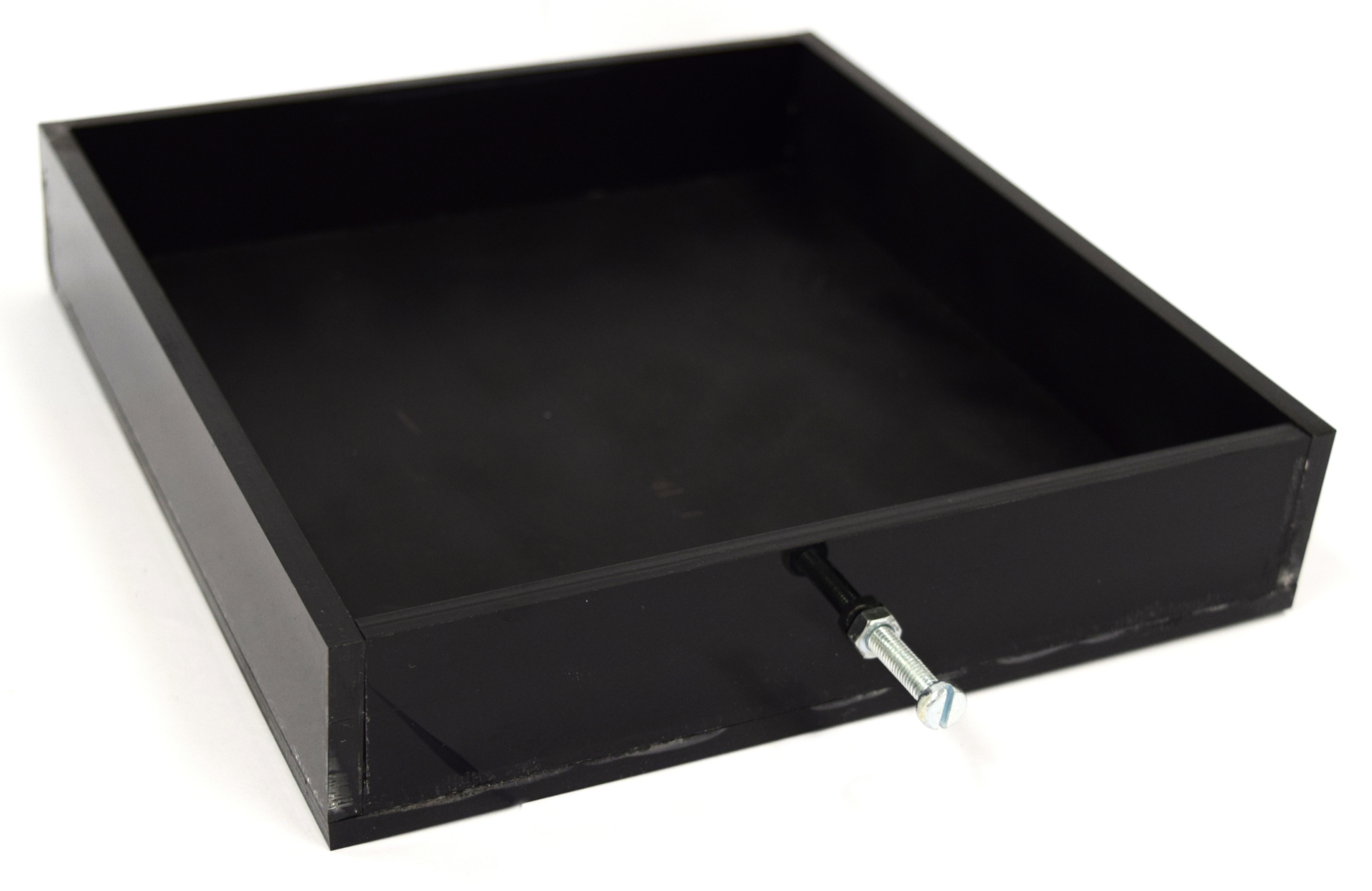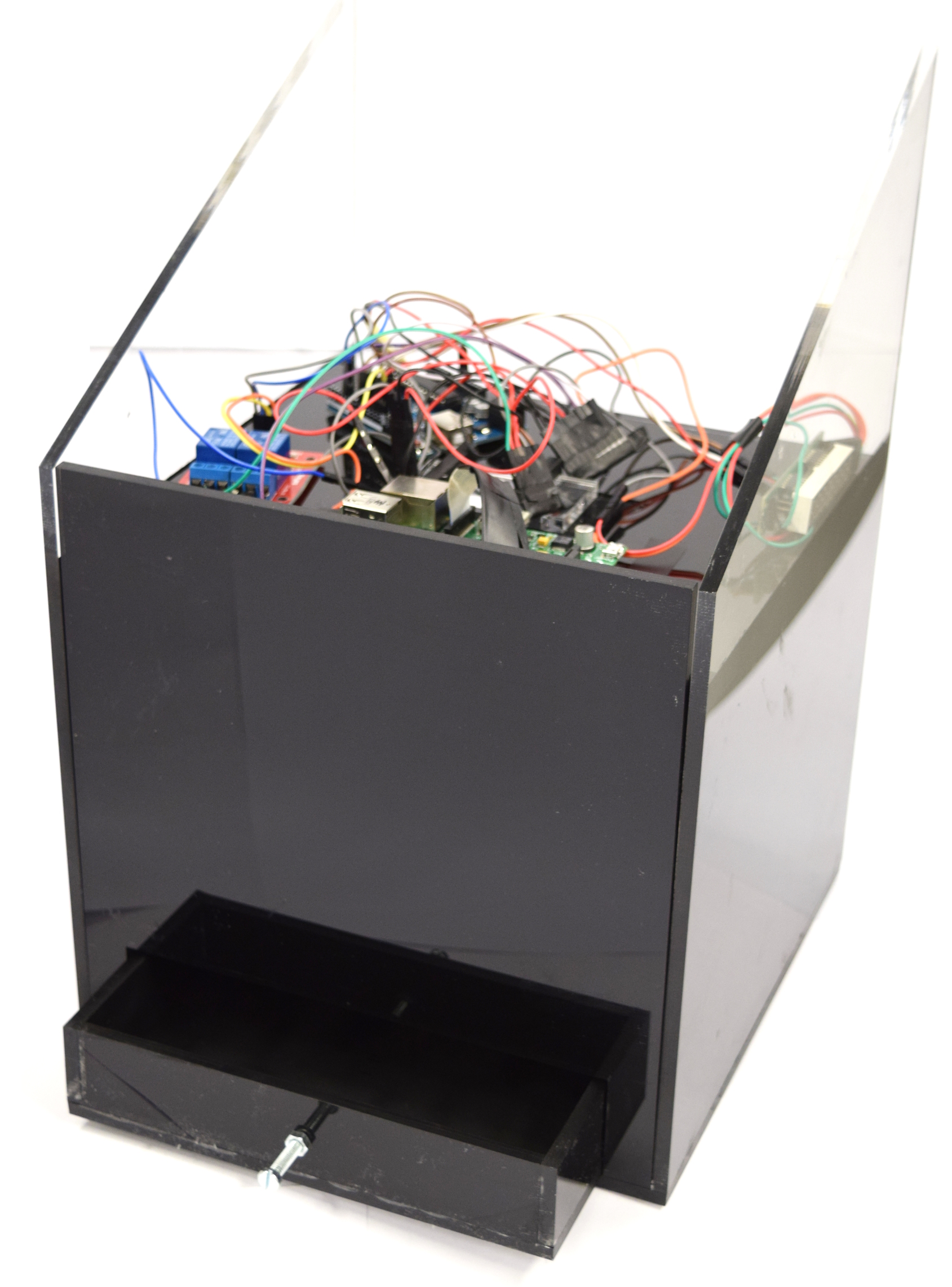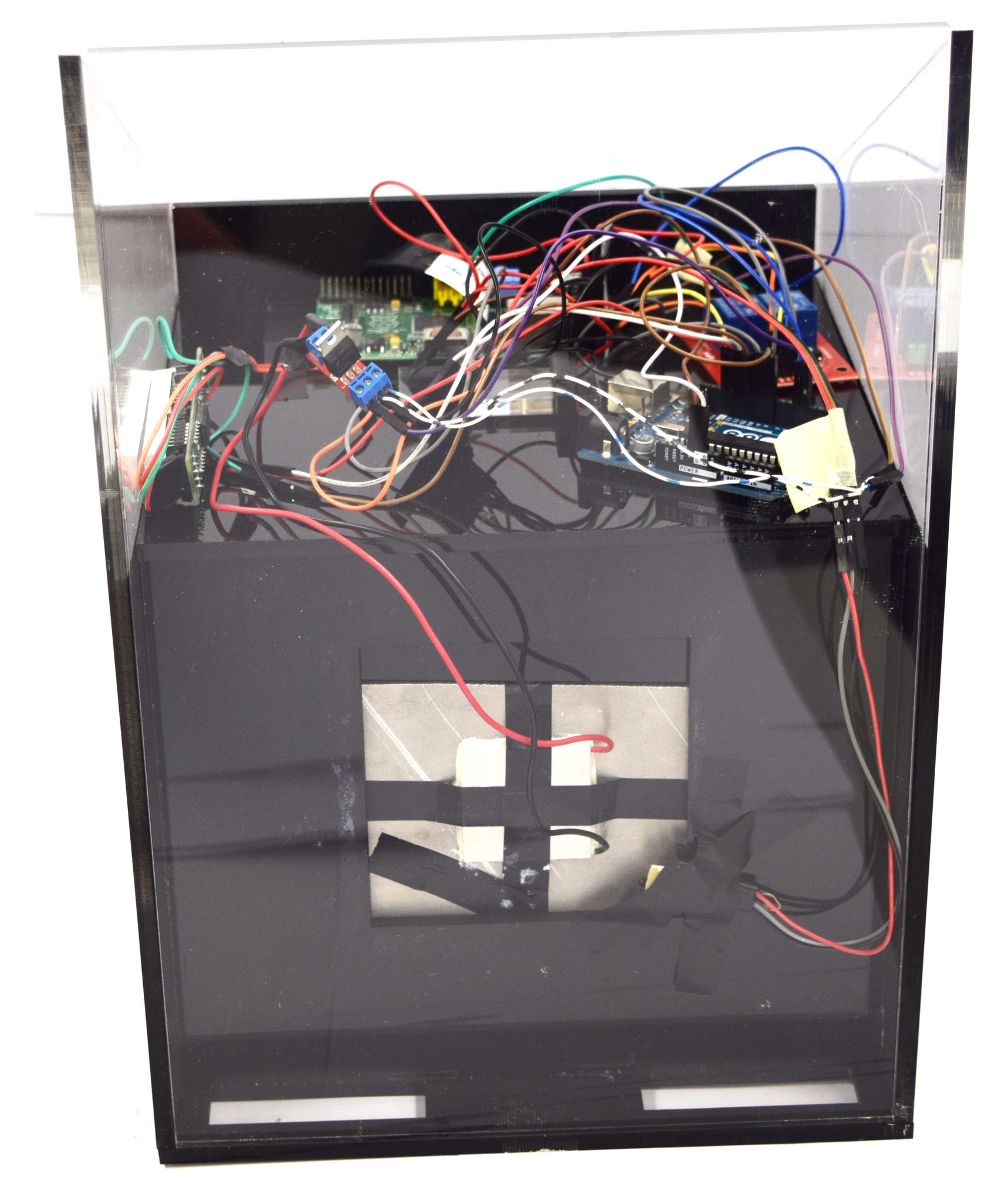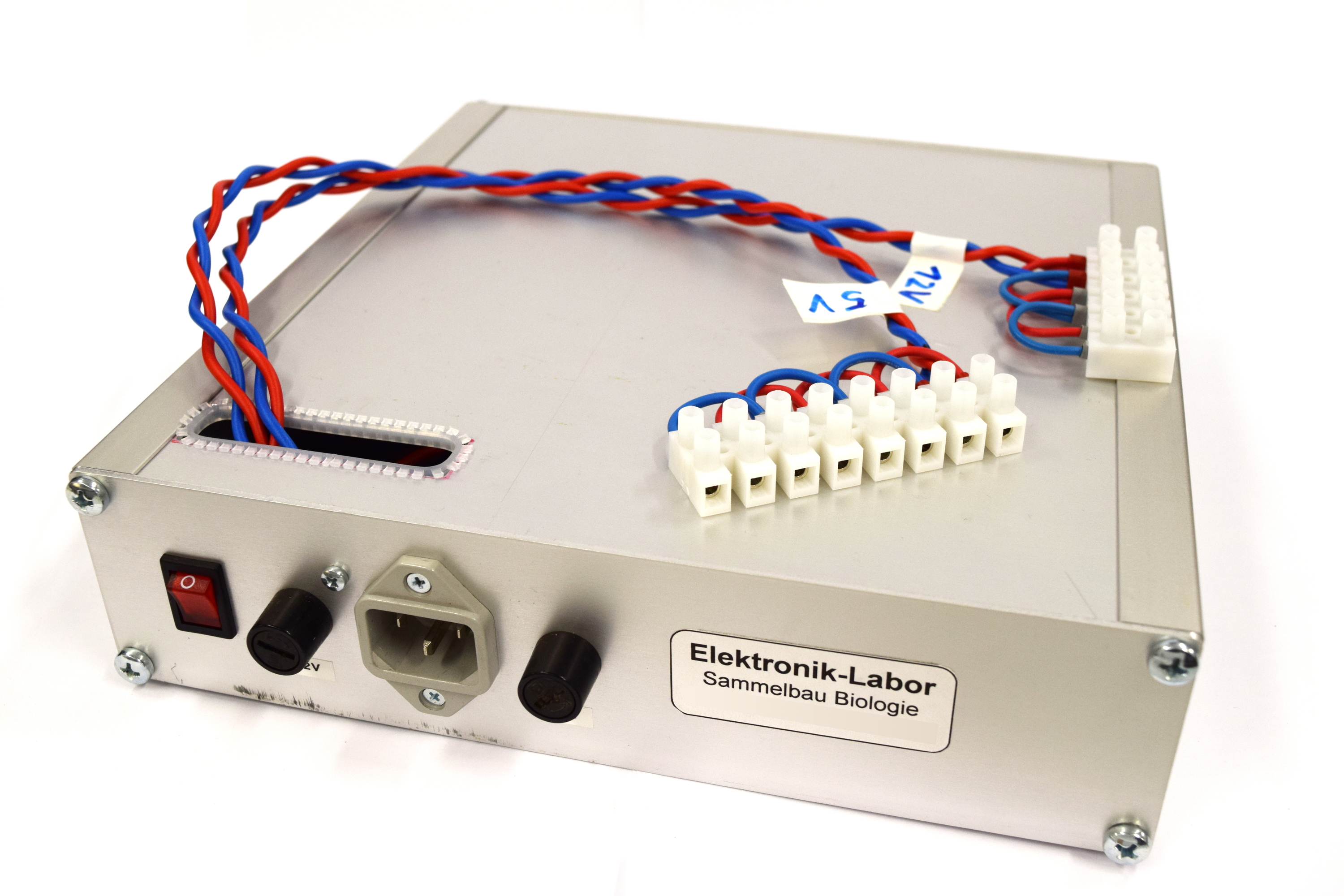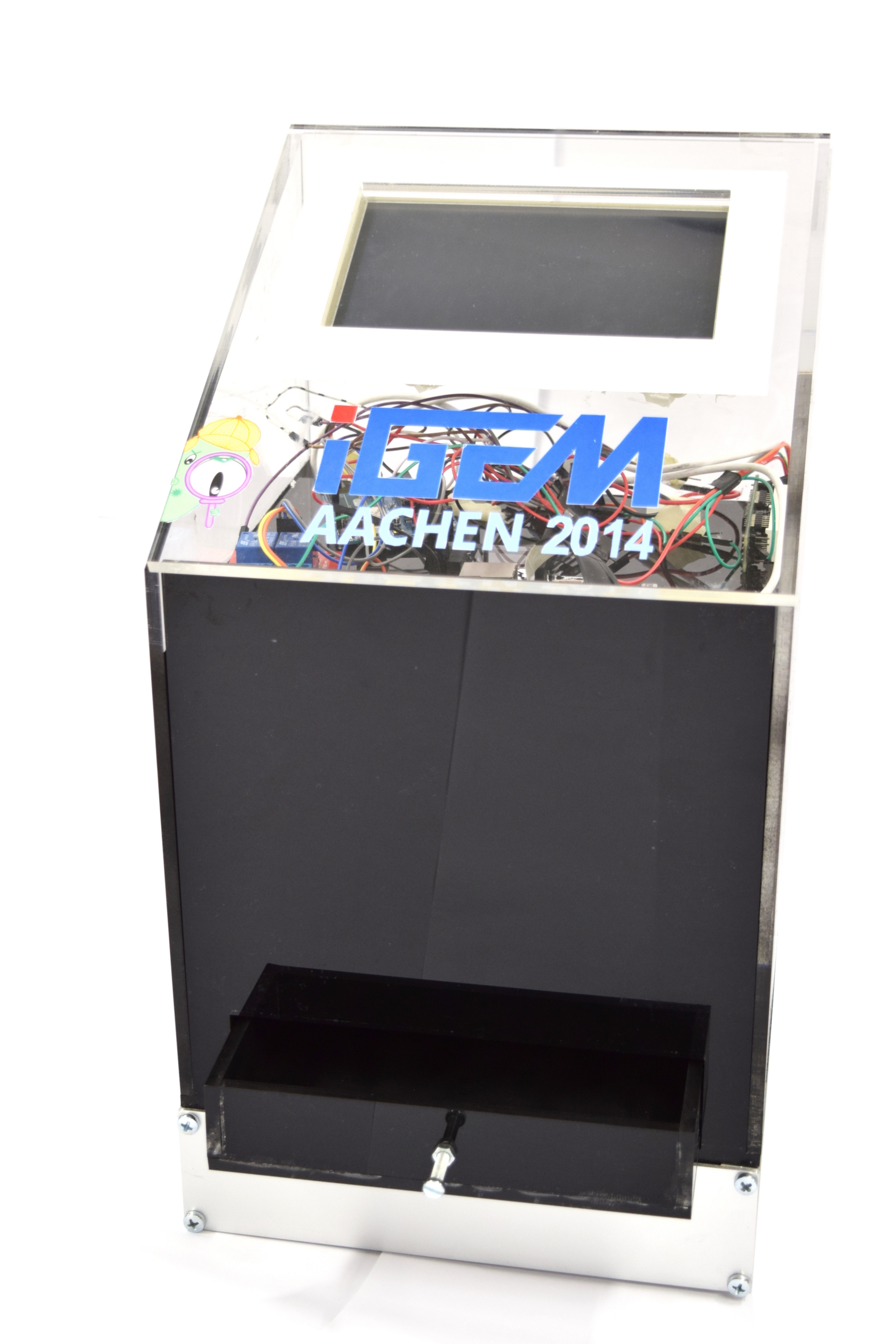Team:Aachen/Notebook/Engineering/WatsOn
From 2014.igem.org
| Line 9: | Line 9: | ||
Different components of the software: | Different components of the software: | ||
| - | * GUI : with the graphical interface the user can take images and time lapse of the chips in the device. The software is written in C++. It makes use of the Qt-Library[http://qt-project.org/] to provide a clear interface and a comfortable way to manage various software aspects such as handling images and establishing network connections. An advantage resulting from the utilization of Qt-Library is the multi-platform support for Windows, MacOS and Linux. Additionally Qt is available with an Open-source license which can be used for free. The software can be used locally on the Raspberry Pi or remotely from a device in the same network. | + | * '''GUI''' : with the graphical interface the user can take images and time lapse of the chips in the device. The software is written in C++. It makes use of the Qt-Library[http://qt-project.org/] to provide a clear interface and a comfortable way to manage various software aspects such as handling images and establishing network connections. An advantage resulting from the utilization of Qt-Library is the multi-platform support for Windows, MacOS and Linux. Additionally Qt is available with an Open-source license which can be used for free. The software can be used locally on the Raspberry Pi or remotely from a device in the same network. |
* Features: | * Features: | ||
| Line 25: | Line 25: | ||
*** the image is analysed by an image segmentation algorithm and shows whether the pathogen ''Pseudomonas aeruginosa'' is present on the chip or not | *** the image is analysed by an image segmentation algorithm and shows whether the pathogen ''Pseudomonas aeruginosa'' is present on the chip or not | ||
| - | * Backend: The backend is a software that runs on the Raspberry Pi and is responsible for the connection between the GUI and the hardware. If the user interface is executed on another device e.g. a notebook it has to be in the same network as the Raspberry Pi. The backend works like a webserver that receives commands and acts corresponding to the submitted parameters. It can take images and returns them to the GUI. | + | * '''Backend''': The backend is a software that runs on the Raspberry Pi and is responsible for the connection between the GUI and the hardware. If the user interface is executed on another device e.g. a notebook it has to be in the same network as the Raspberry Pi. The backend works like a webserver that receives commands and acts corresponding to the submitted parameters. It can take images and returns them to the GUI. |
Before an image is taken the backend turns on the specified LEDs by sending a command to the connected Arduino board. Afterwards the LEDs are turned off using the same mechanism. These steps are repeated in the given interval for a time lapse shooting. | Before an image is taken the backend turns on the specified LEDs by sending a command to the connected Arduino board. Afterwards the LEDs are turned off using the same mechanism. These steps are repeated in the given interval for a time lapse shooting. | ||
| - | + | ||
{{Team:Aachen/BlockSeparator}} | {{Team:Aachen/BlockSeparator}} | ||
| + | |||
| + | == Hardware == | ||
| + | * '''Raspberry Pi''' : | ||
| + | |||
| + | |||
| + | * '''Arduino''': The arduino board sets the current and thus the temperature of the Peltier heater by evaluating the received values from the temperature sensors for the interior and the aluminium block. Additionally it receives commands from the Raspberry Pi to turn the LEDs on and off. | ||
| + | |||
== Build your own ''WatsOn'' == | == Build your own ''WatsOn'' == | ||
Revision as of 06:50, 15 October 2014
|
|
 "
"
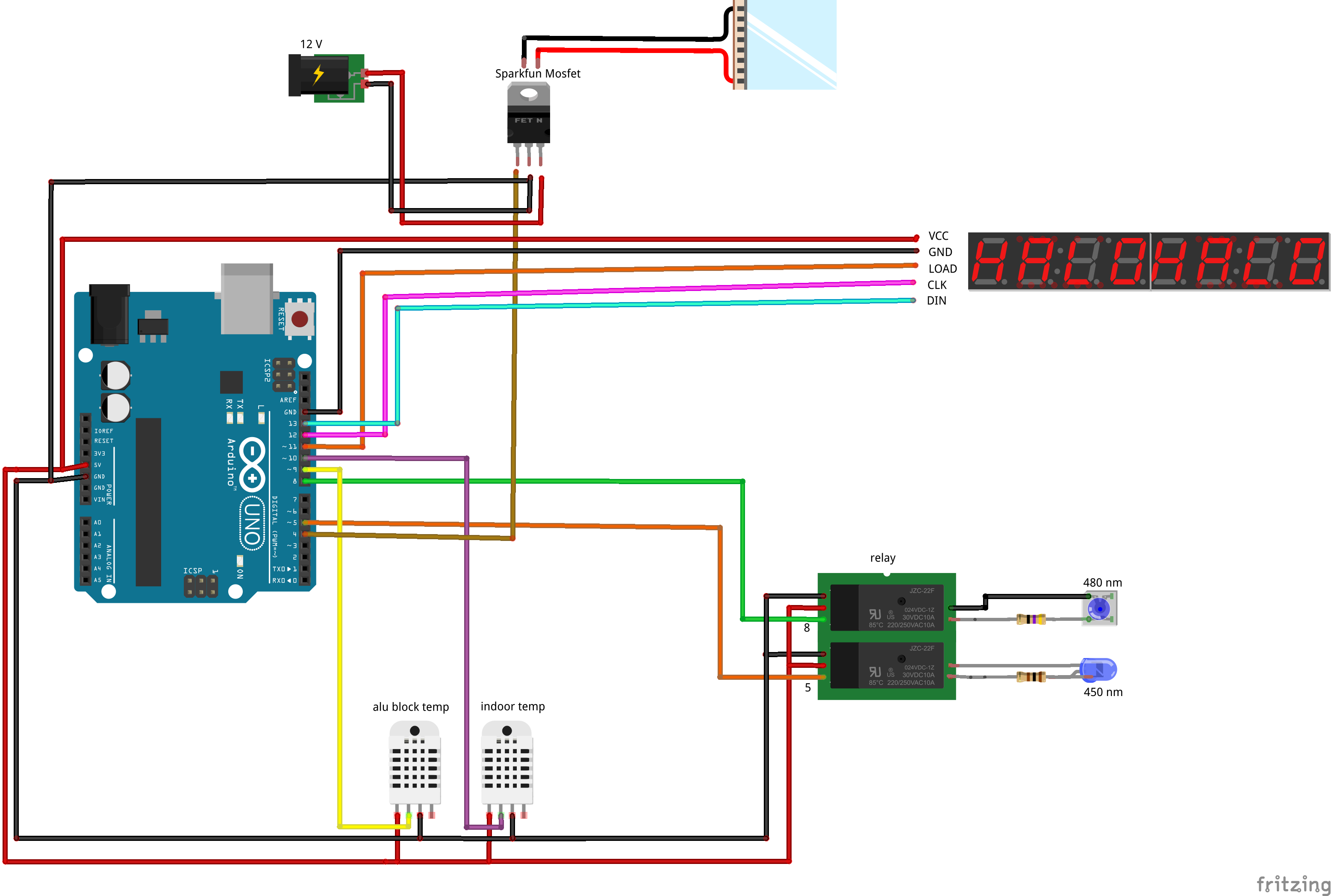
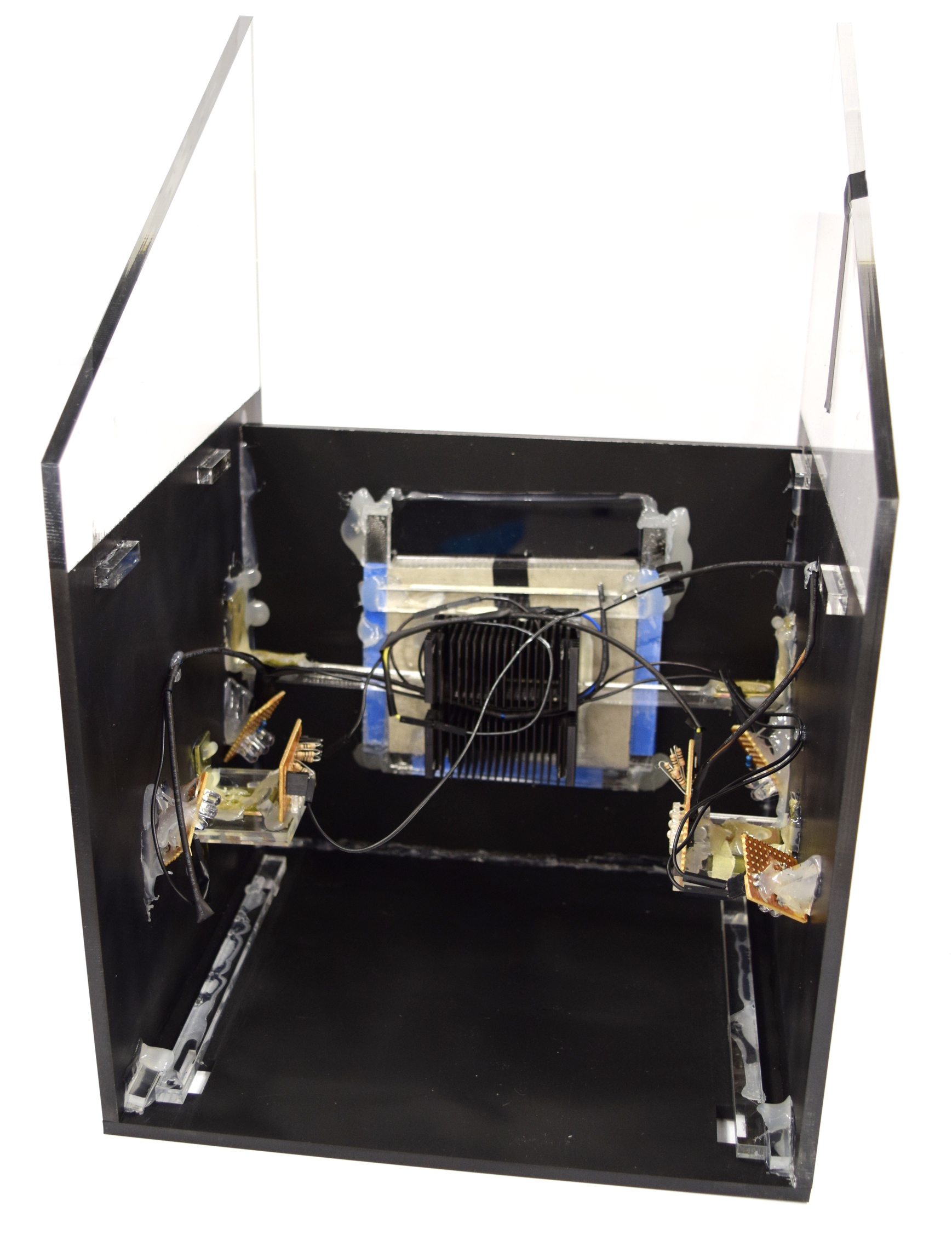
![350px] [File:Aachen_Device_.3jpg](/wiki/images/7/7b/Aachen_Device_2_3.jpg)
